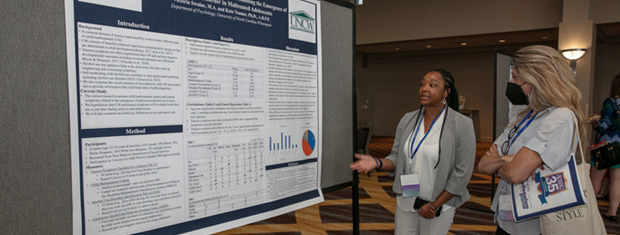




The APSAC Advisor is a peer reviewed quarterly news journal for professionals in the field of child abuse and neglect.
The APSAC Advisor provides succinct, data-based, practice-oriented articles that keep interdisciplinary professionals
informed of the latest developments in policy and practice the field of child maltreatment. It is designed to highlight
best practices in the field and publish original articles and current information about child maltreatment for professionals
from a variety of backgrounds including medicine, law, law enforcement, social work, child protective services, psychology,
public health and prevention in the U.S.
 If you wish to learn more about submitting an article to the Advisor, please click here.
If you wish to learn more about submitting an article to the Advisor, please click here.
This library contains Advisor issues dating back to the first issue in 1988. The most recent issue appears at the top.
Scroll down to select past issues by year and issue number. Once a publication appears in the box, you
can use the Enlarge button to open the document in a new window or tab (depending on how your browser is set up).
This will allow you to view the document with larger print.
To print a document, first use the Enlarge button to open the document in a new window or tab. Then use your browser's Print command.
To return here from a new tab, close the tab. To return from a new window, click your browser's Back button.
In the listing below, click on a year and issue number to see the articles in that publication.
2000-2001 Number 1
Lost Boys: Why Our Sons Turn Violent and How We Can Save Them
For the past 25 years, I have been studying the problem of violence in the lives of children, youth, and families in homes, schools, communities, and war zones around the world (Garbmino, et al). Most recently, in my role as a researcher and expert witness in youth homicide trials, I have been interviewing boys incarcerated for committing crimes of lethal violence.
Interventions for Bullying: What Child Professionals Can Do
Peer aggression is a serious problem both in terms of its prevalence and its short- and long-term consequences. Estimates of the number of bullies and victims in schools vary according to the definition of bullying, but there is a general consensus that approximately 7-14% of children repeatedly bully their peers, and 10-18% of children are regularly victimized.
Long-Term Physical Health Problems Associated With Sexual Assault History
The acute and long-term mental health correlates of sexual assault have been well documented for over a decade.